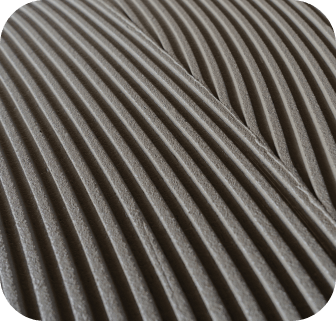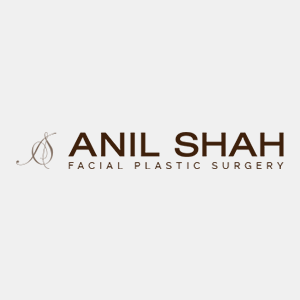
Bulbous Nasal Tip
The Bulbous Nasal Tip is a term used to describe when the nasal tip is excessively full or heavy.
The term bulbous means “fat, round or bulging, or shaped like a bulb”. A bulbous nasal tip thereby has the qualities of being round and bulging. The main issue with a bulbous nasal tip is that it draws more attention to the tip and takes away attention from the rest of the face.
There are different kinds of bulbous nasal tips.
Thick skin- thick sebaceous skin can cause a nasal tip to look rounder and hence more bulbous than ideal. Dr. Shah addresses this issue of thick skin can be treated by a variety of techniques including various topicals, laser procedures, and specialized rhinoplasty techniques to help allow nasal tip definition to show through thicker skin. One such rhinoplasty technique is the idea of projecting the nasal tip so that the cartilage will be visible through thick skin.
Excessive lower lateral cartilages- In this case, both the shape and the size of the lower lateral cartilage can contribute to a more bulbous nasal tip. This is one of the most common scenarios in a bulbous nasal tip.
Cartilage shape- The cartilage in a bulbous nasal tip tends to be convex in nature. This means the cartilage is bending outward from the nasal tip. Ideal nasal shape is either with flat or slightly concave lower lateral cartilages.
Cartilage position- Cartilage position can sometimes influence the shape of the nasal tip. When cartilages are cephalically positioned or directed more vertically, the cartilage can create a fuller nasal tip appearance.
In some cases, patients may have a combination of factors leading to a more rounded than ideal nasal tip. The main issue in addressing a bulbous nasal tip is to view the nose as a biologic sculpture. What this means is that the nose is best viewed in three dimensions as well as a living, reacting structure. Dr. Shah will reshape the nose during the procedure. During the postoperative period, he may use a variety of techniques to help reshape the nose then and more importantly to help prevent the formation of scar tissue.
Treating the Bulbous Nasal Tip
So what is the best method of reshaping a nasal tip. The first step is understanding why the nasal tip appears bulbous. Here are some causes:
Thick skin– removal of skin may help facilitate the appearance of the nose.
Excess lower lateral cartilage– remove excess cartilage of lower lateral to help reshape the nose
Convex lower lateral cartilage– Reshape the lower lateral cartilage using suture techniques, projection of nose, underlying cartilage, dividing and reshaping lower lateral cartilage
Poor position of lower lateral cartilage- Reposition lower lateral cartilage to a more favorable position
Poor nasal tip support– Support the nasal tip using a variety of tip support methods
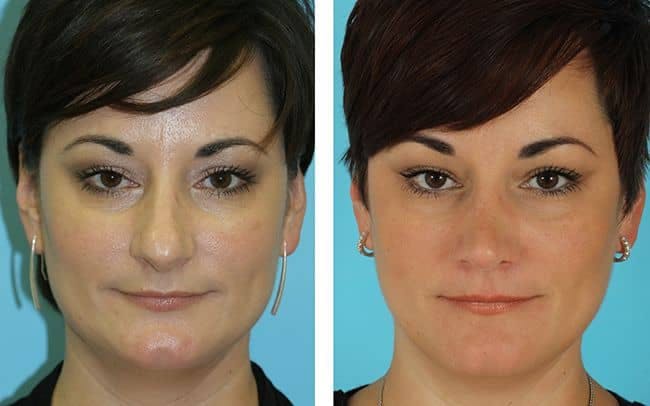
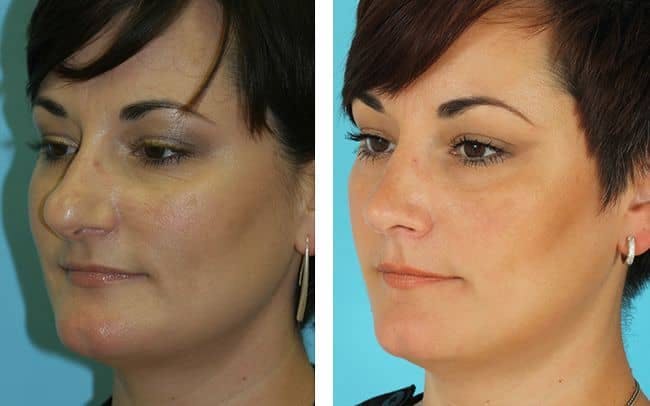
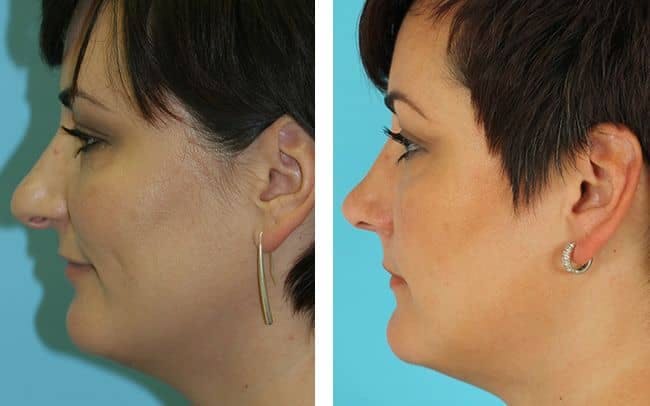
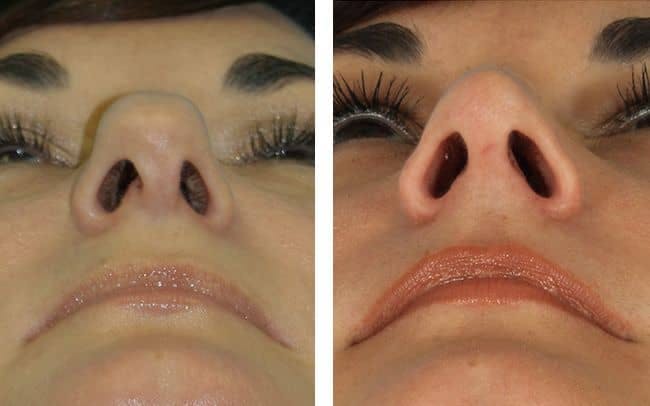
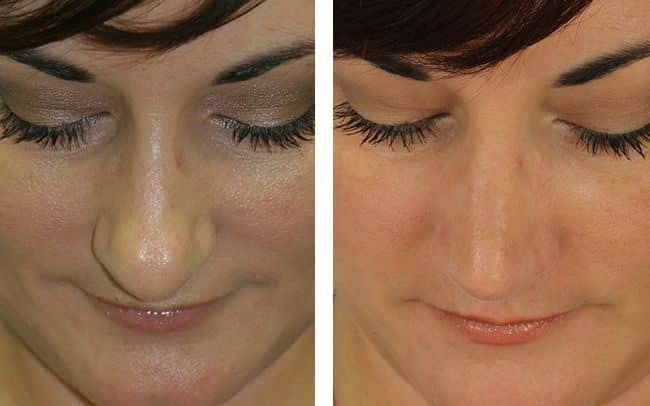
FREQUENTLY ASKED QUESTIONS
What technique is the most effective for treating a bulbous nasal tip?
It really depends on the cause. The resultant treatment should address the cause of bulbosity.
When can I see a difference in my nose?
Every patient will see a difference in their nose at different times. Some patients will have more initial swelling and may take a few weeks for the initial changes to be seen. In other patients, the changes to the nasal tip can be seen at the 1 week mark.
Do I need post procedure injections in my nose?
Some patients require injections, particularly if their body is scar forming. The structure of the nose when created may take some time to manifest if there is swelling obscuring the definition of the nasal tip. Injections of the nose can help reduce swelling and decrease scar formation.
Will my nose feel different after rhinoplasty?
Most noses will feel stiffer when supported when correcting a nasal tip. The stiffness allows the tip definition to be visible.
Can my breathing be improved as well?
The area for breathing, along the external valve area, can be supported at the same time.
Do I need general or local anesthesia for bulbous nasal tip?
Most patients who have a bulbous nasal tip will require general anesthesia in the operating room suite.
How much cartilage can be safely removed in my nose?
There is no definite answer but typically patients require a minimum of 7 mm along the lateral aspect of the lower lateral cartilage. This varies from patient to patient and depends on several factors including cartilage thickness, location of lower lateral cartilage, and skin thickness.
Does Dr. Shah measure the nose?
Dr. Shah believes that measuring the nose makes for more consistent rhinoplasty results.
How does projection influence the bulbous nasal tip?
Patients with under-projected noses will benefit from further support (nasal tip projection) to help define the nasal tip.
Can I have a pointy nose?
A pointy nose is often not desired but large changes to the nose can take place. Dr. Shah works with patients to define the nose on what the patient desires but does not like noses which look fake.
Does taping the nose help with bulbosity?
Taping the nose can help with nasal tip bulbosity. It can help the skin conform to the nose and allow for the underlying structure to be seen.
What does the word bulbous mean?
Bulbous comes from the Latin Bulbosus meaning pertaining to a bulb. Typically a bulb shape is narrow along the base and wider along the aspect of the nose, taking on a convex shape.
Does Dr. Shah image the nose?
Yes, Dr. Shah uses imaging to help patients understand potential changes to the nose.
Are all bulbous tips the same?
No, every nose has a different components of skin, cartilage, and support which can contribute to the nasal tip appearance.

